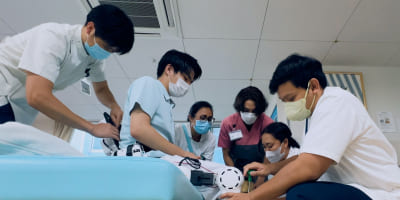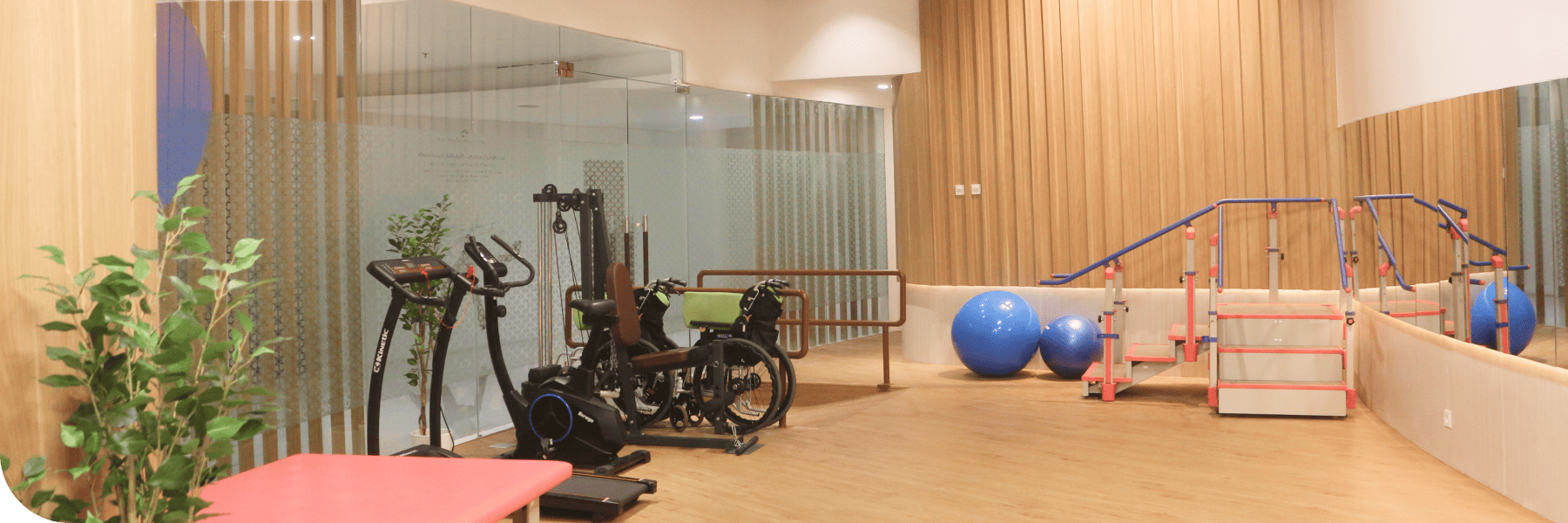
Clinic
Clinic Exterior and Interior
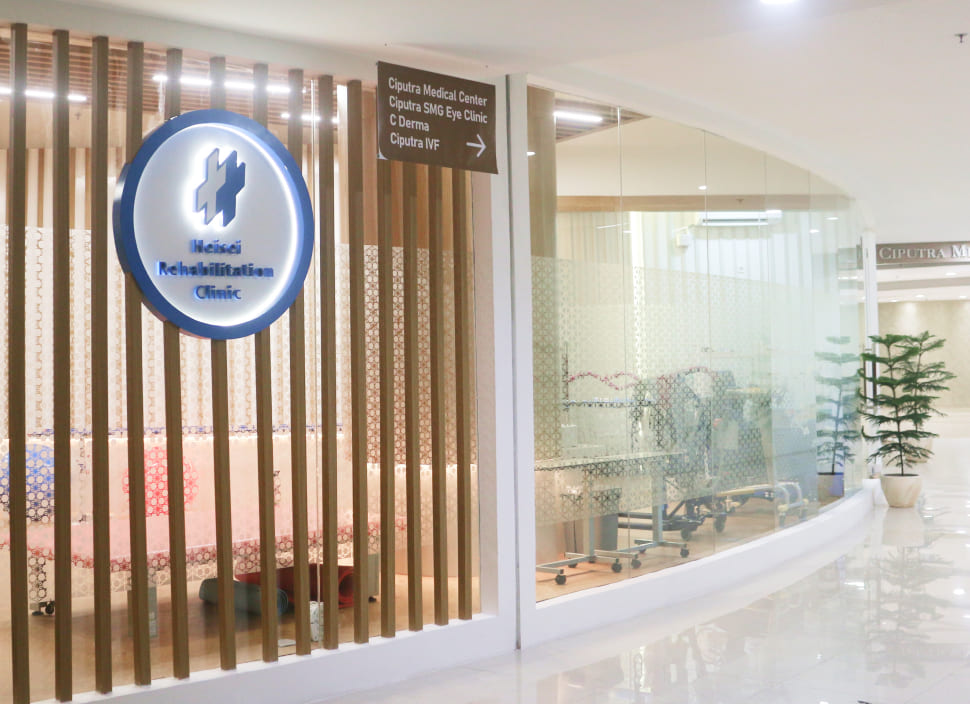
Clinic Exterior
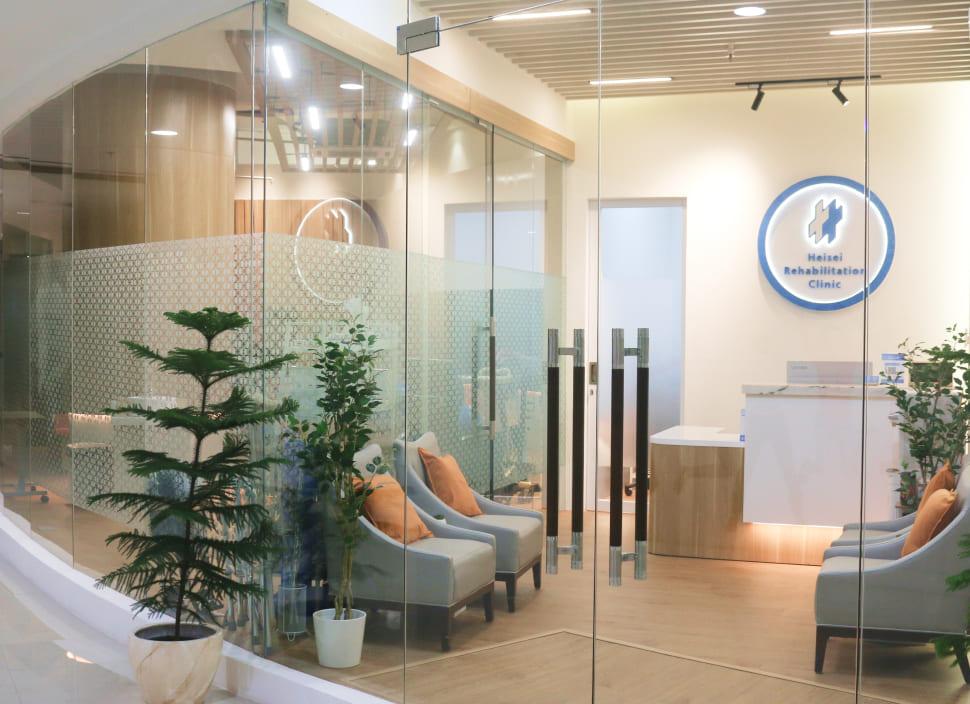
Clinic Exterior
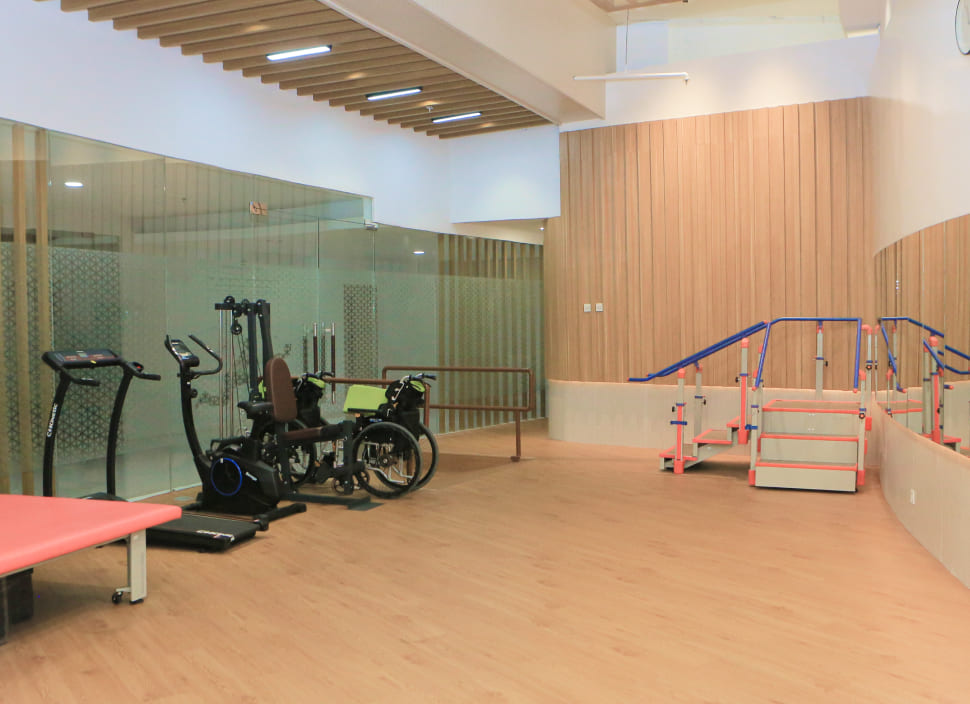
Rehabilitation Area
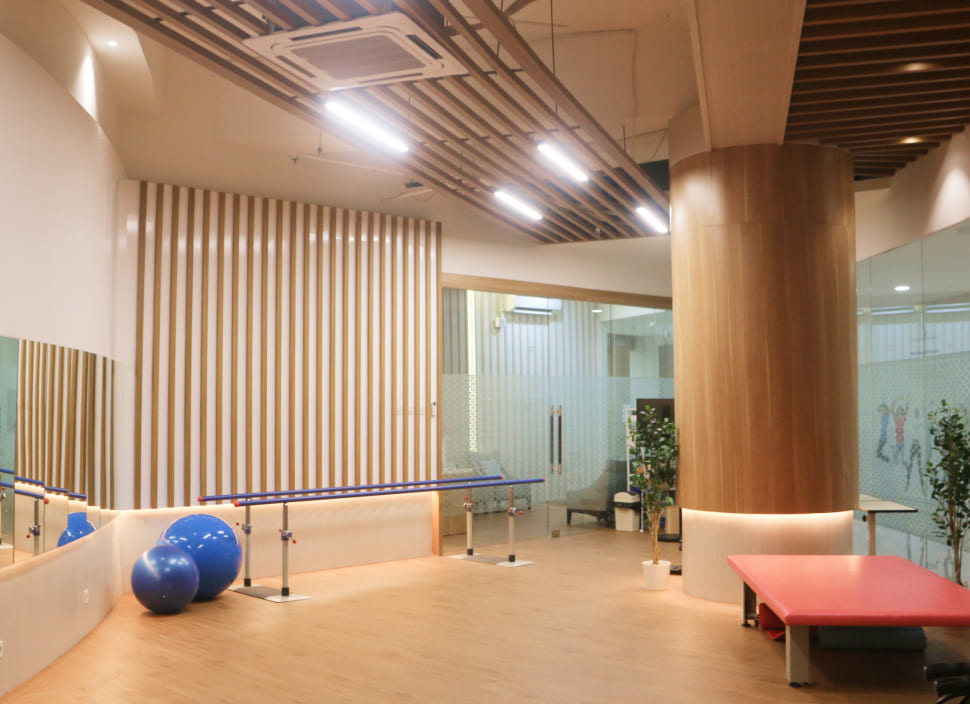
Rehabilitation Area
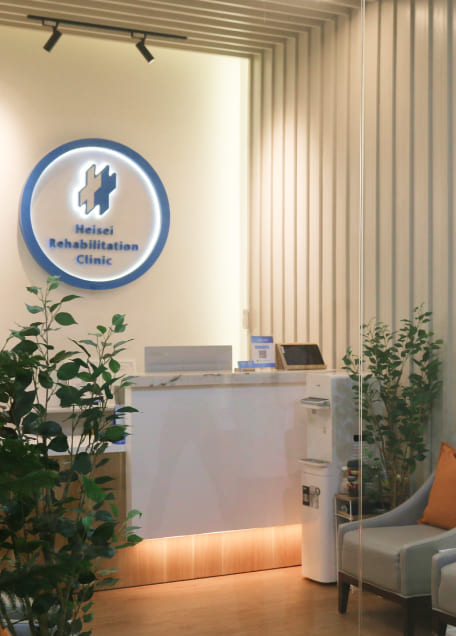
Reception
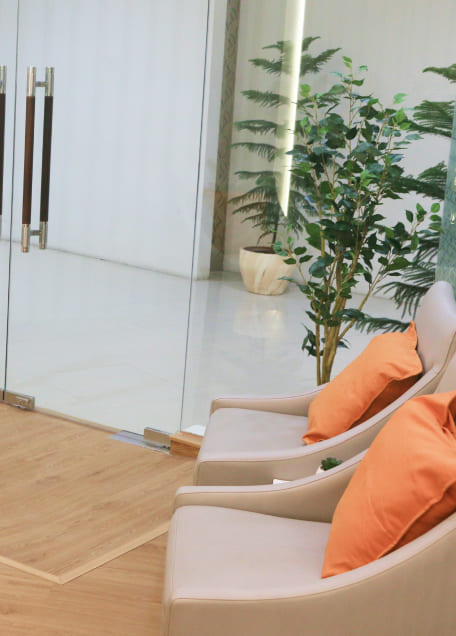
Waiting Room
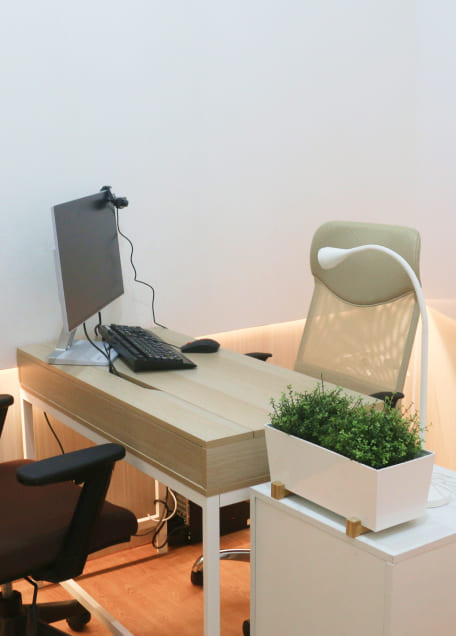
Consultation Room
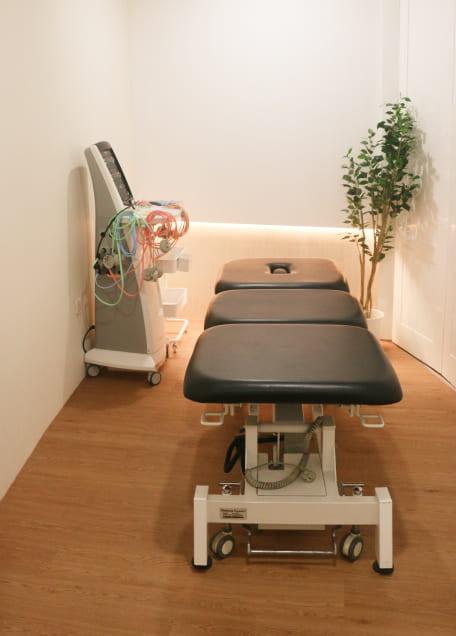
Private Rehabilitation Room
Rehabilitation Equipment
-
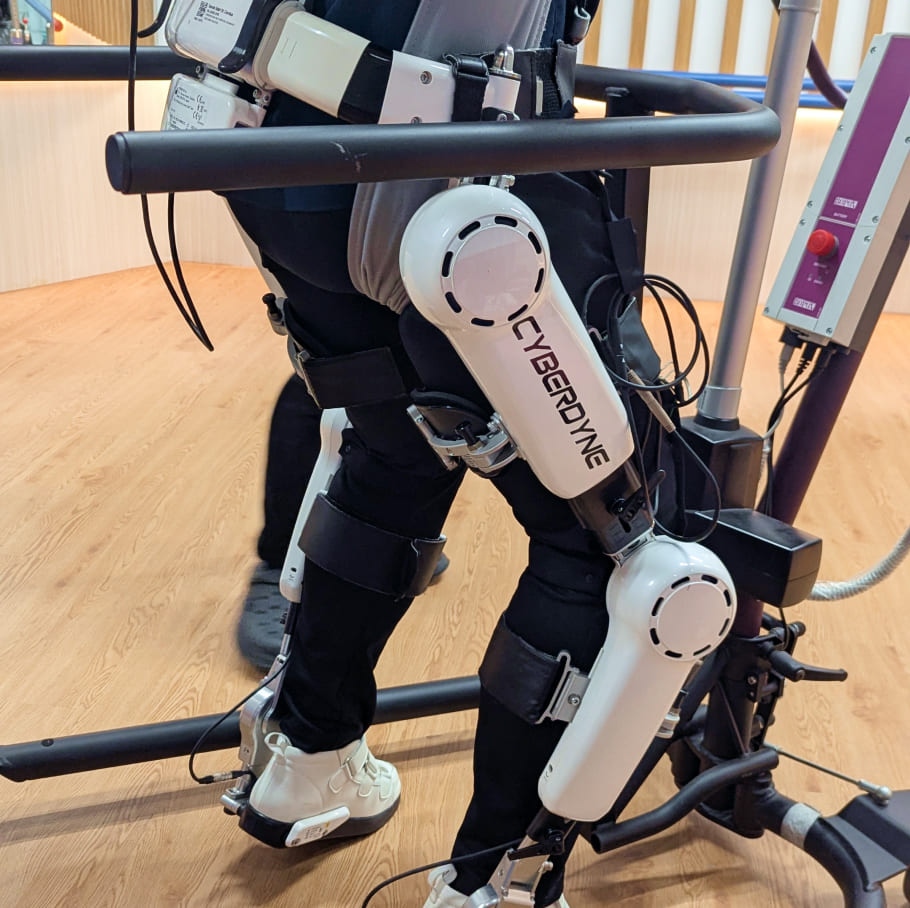
HAL
HAL (Hybrid Assistive Limb) is a cyborg-type robotic suit that detects neural signals from the brain to assist movement. It supports the wearer’s intended actions and is utilized as an advanced technology for rehabilitation and functional recovery.
HAL - Lower Limb Type
- Indications
-
- Hemiplegia after stroke (walking difficulties, movement disorders)
- Spinal cord injury (complete or incomplete paralysis)
- Neuromuscular diseases (Parkinson’s disease, ALS, muscular dystrophy)
- Orthopedic conditions (postoperative rehabilitation)
- Usage
-
- Gait training: HAL detects motor commands from the brain and assists movement during walking exercises.
- Balance training: Improves standing and walking balance by adjusting appropriate weight load.
-
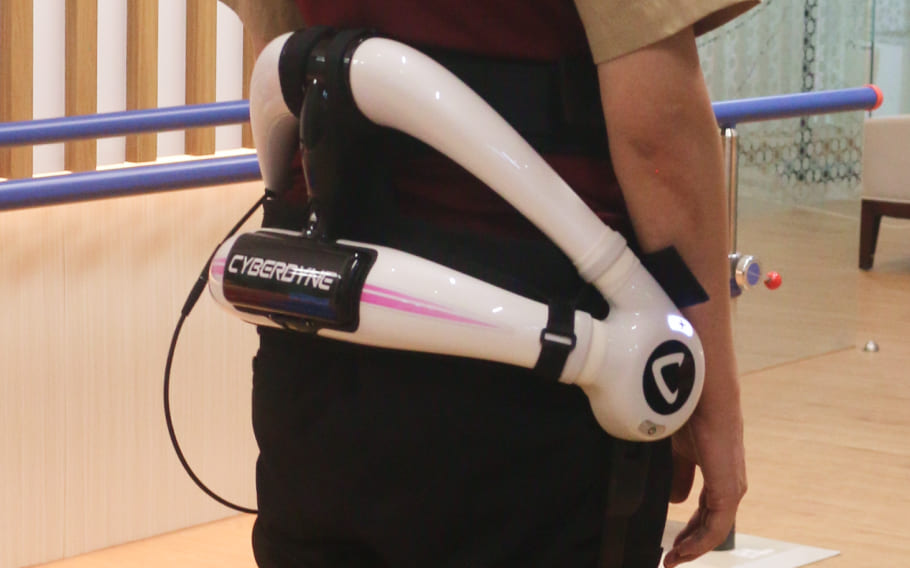
HAL - Lumbar Type
- Indications
-
- Lumbar spinal canal stenosis
- Lumbar disc herniation
- Low back pain (chronic and acute)
- Usage
-
- Getting-up training: Reduces the burden of rising from a lying position.
- Gait training: Enhances lumbar stability and supports walking with proper posture.
- Back pain rehabilitation: Alleviates strain during movement, promotes muscle activity, and helps improve chronic low back pain.
-
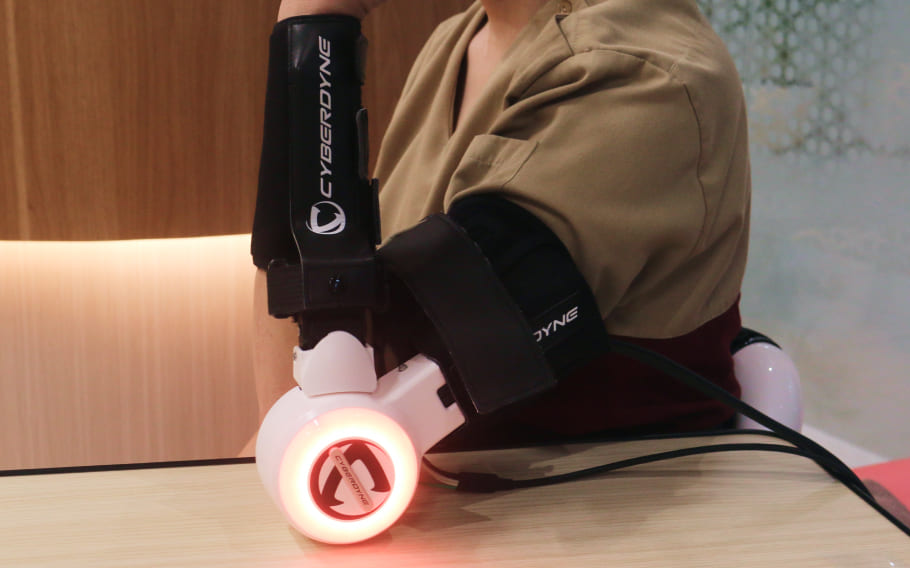
HAL - Single Joint Type
- Indications
-
- Upper and lower limb rehabilitation after stroke
- Rehabilitation following sports injuries
- Patients requiring recovery of joint range of motion
- Usage
-
- Elbow joint rehabilitation: Improves the range of motion in paralyzed or contracted elbows.
- Knee joint rehabilitation: Supports knee movement during lower limb rehabilitation.
- Ankle joint rehabilitation: Enhances ankle function during walking.
-
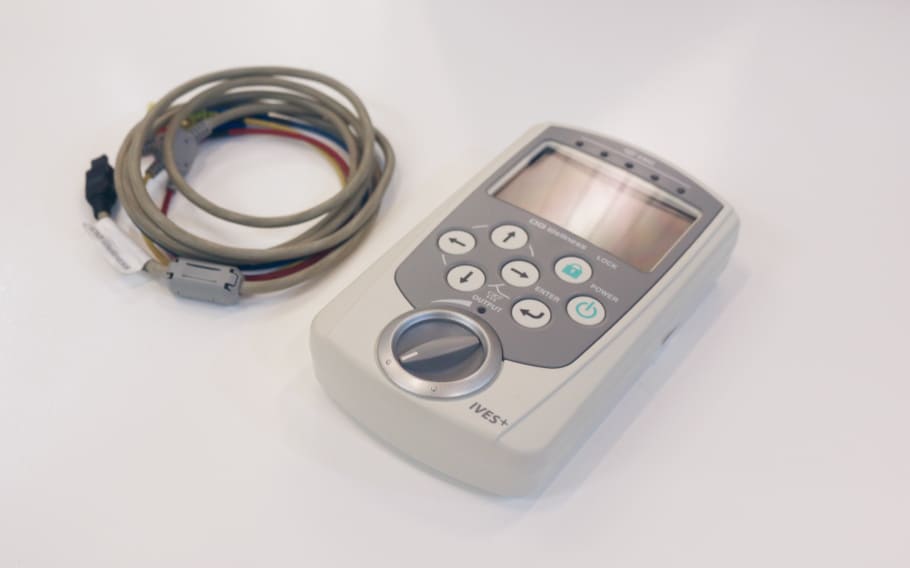
IVES
IVES (Integrated Volitional Control Electrical Stimulator) is a low-frequency therapy device that delivers electrical stimulation in response to muscle activity. By detecting the patient’s muscle movements and applying stimulation in sync with those movements, it supports muscle strengthening and rehabilitation. It is particularly effective as a technology for the re-education of nerves and muscles.
-
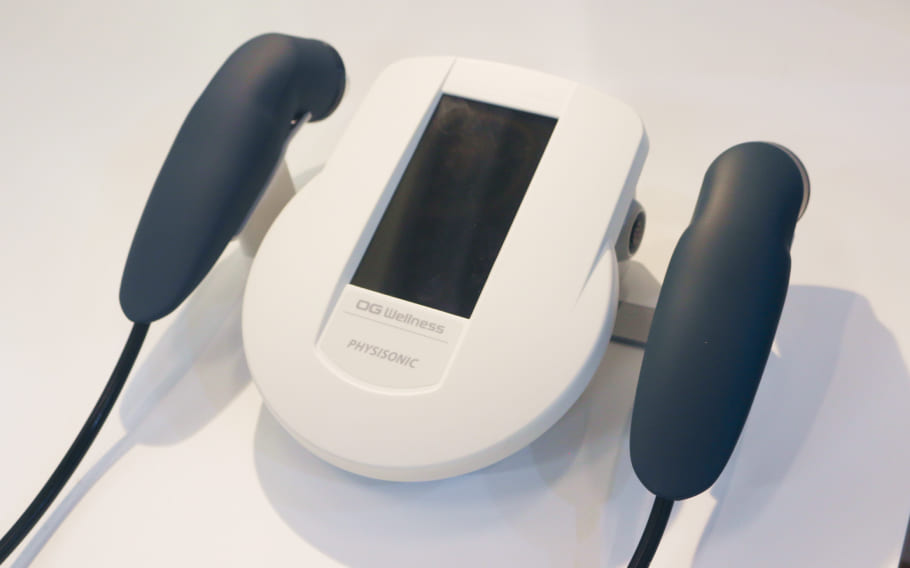
Ultrasound Device (Physiosonic ES-7)
The “Physiosonic ES-7” provides deep therapeutic effects through ultrasound, supporting tissue repair and reducing inflammation. With frequency settings of 1 MHz and 3 MHz, it effectively reaches both superficial and deep areas, helping relieve pain in the acute phase and improve blood circulation in the chronic phase. In addition, its 25 treatment protocols enable optimal therapy tailored to a wide range of conditions.
-
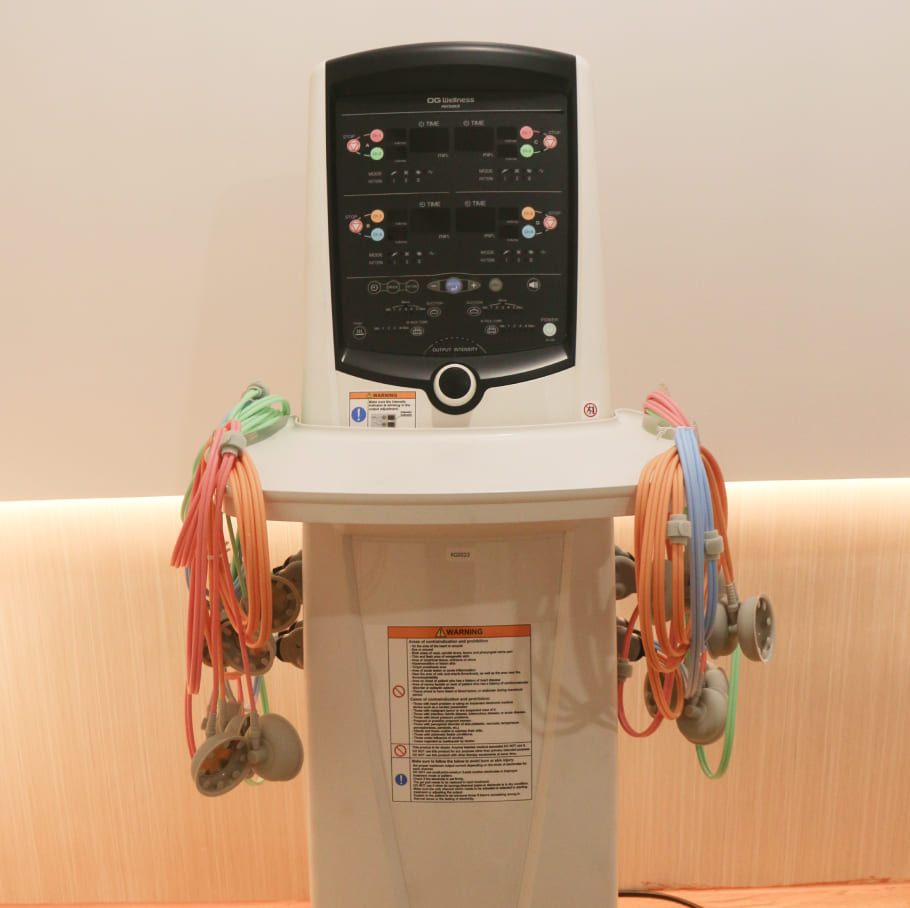
Electrical Stimulation Device (TENS STT 570)
The TENS STT 570 is a medical device that provides low-frequency electrical therapy, primarily used for pain relief and muscle rehabilitation. TENS (Transcutaneous Electrical Nerve Stimulation) works by delivering mild electrical stimulation through the skin to activate nerves and reduce the perception of pain. This model is equipped with a variety of frequency and output settings, allowing treatment to be tailored to each patient’s condition.
-
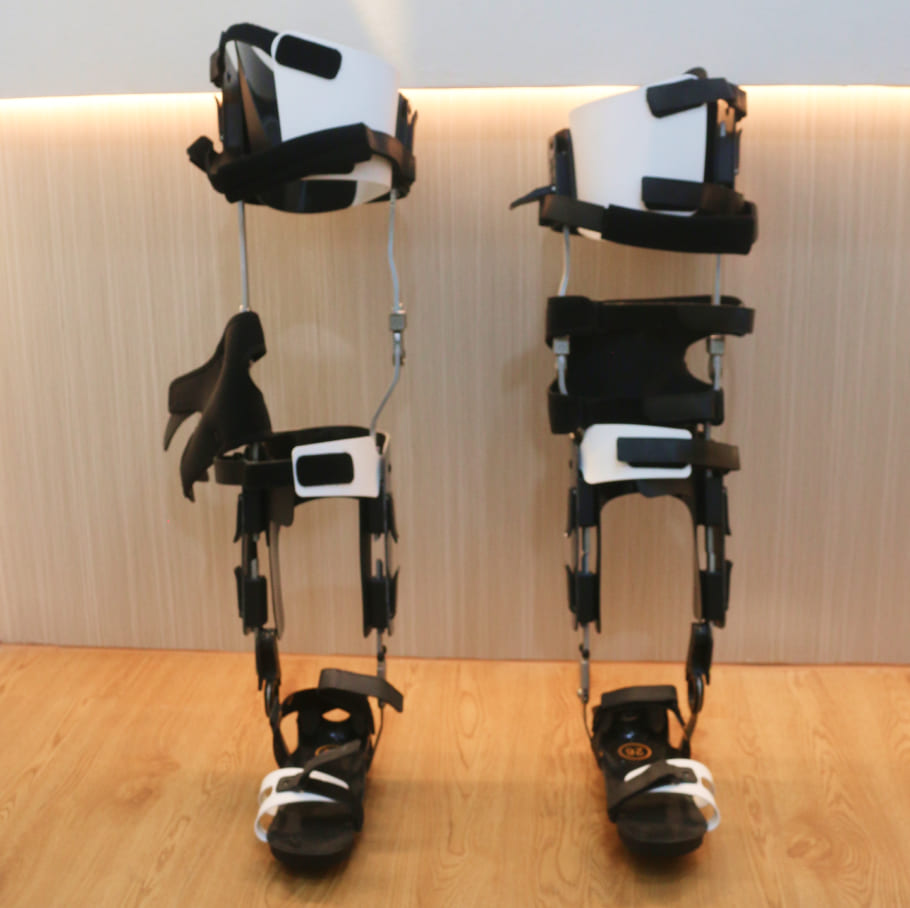
Orthoses
Orthoses are assistive devices worn to support joints and muscles, with the purpose of improving function, providing support, and offering protection. They come in many forms, such as lower-limb orthoses that assist with walking and upper-limb orthoses that support hand and finger movement. Orthoses are customized according to each patient’s condition and goals, helping to improve daily living functions and promote the recovery of motor abilities.
-
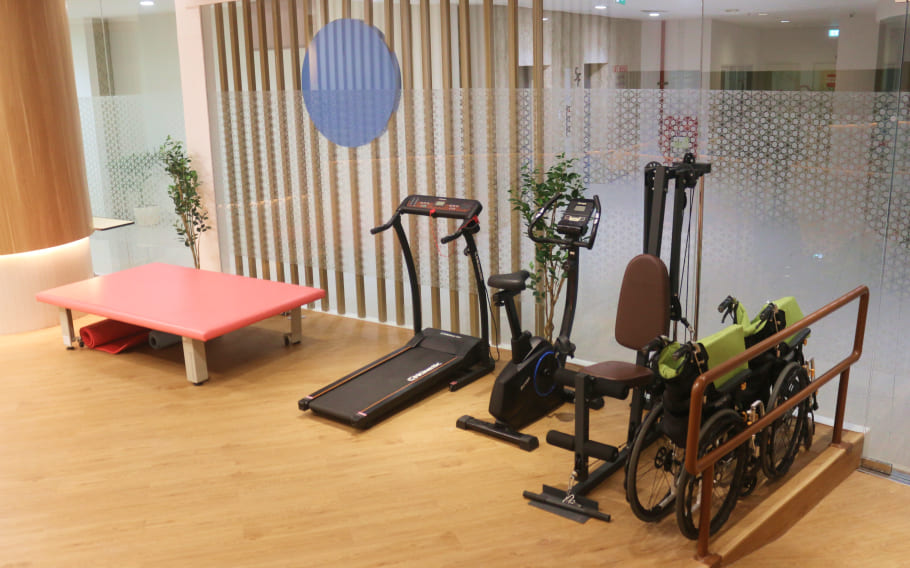
Others
Our facility is fully equipped with a wide range of rehabilitation devices, offering programs tailored to each patient’s condition and goals. For example, parallel bars are used for gait training, flat mats for flexibility and muscle strengthening, and stairs for improving daily functional movements. By combining these tools, our specialized staff design the most effective training plans to support functional recovery and promote early rehabilitation.

